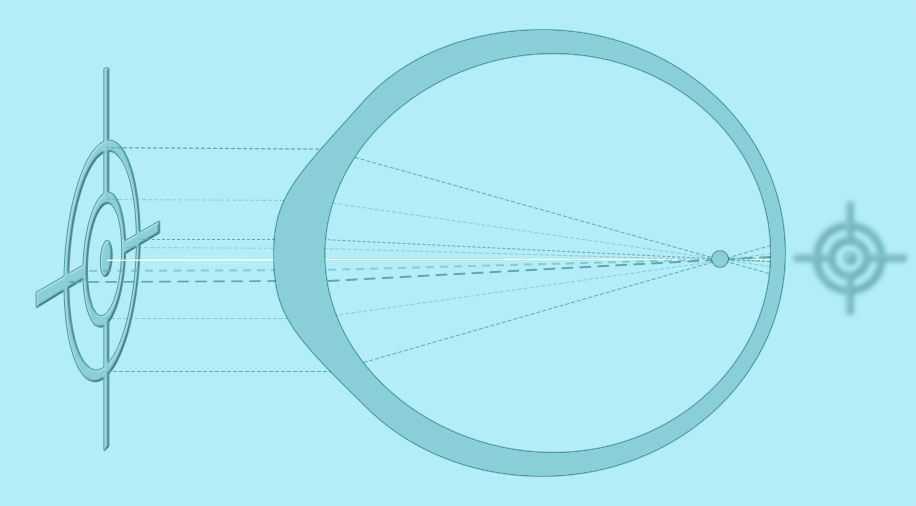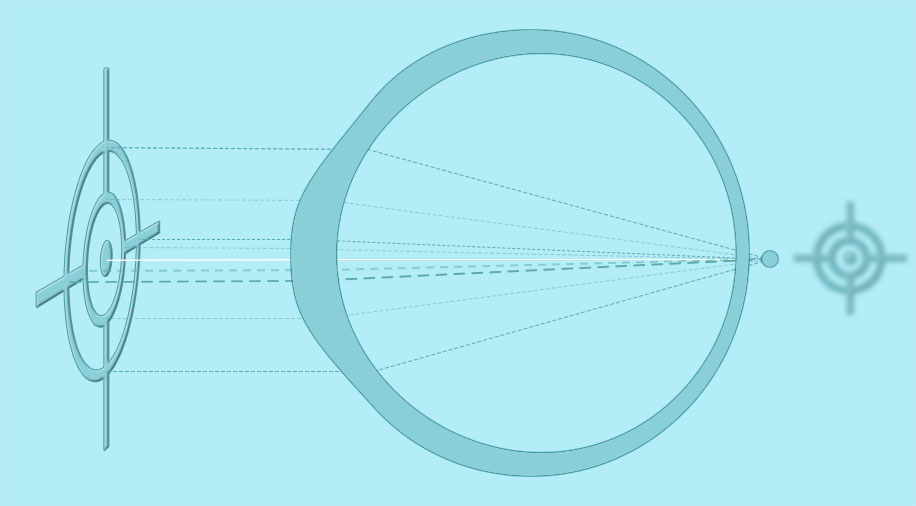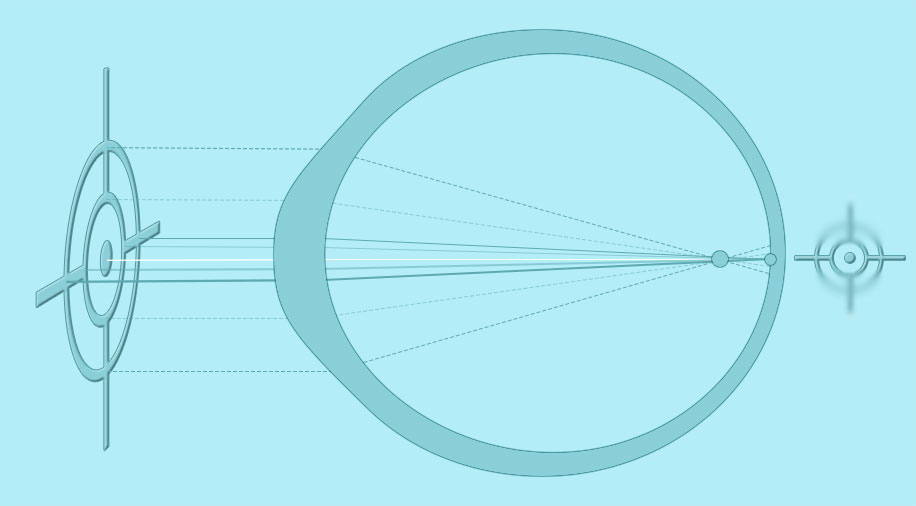This website uses cookies so that we can provide you with the best user experience possible. Cookie information is stored in your browser and performs functions such as recognising you when you return to our website and helping our team to understand which sections of the website you find most interesting and useful.
Laser Vision Correction
If you ended up on this website, maybe you are considering refractive surgery. Certainly, we all appreciate the freedom of a life without glasses and contact lenses, being free to enjoy with friends and family your free time and sport activities, or improving your working condition.
This website will guide you to discover how refractive surgery can improve your lifestyle, to evaluate the surgical techniques available, and how to make the best and safest choice for your eyes.
Eyes are masterpieces, set them free!
Millions of people worldwide suffer from impaired vision, such as myopia, hyperopia and astigmatism, often since childhood. Several remedies are available, such as glasses and contact lenses, but when it comes to freedom, convenience and affordability over time, refractive surgery is certainly the first option to consider.
Over the years, several refractive surgery techniques were developed to treat visual defects, starting from the Seventies. Nowadays, all techniques involve the use of an excimer laser and/or a femtosecond laser to remove microns of tissue with great precision. All of them are able to treat the most common problems, such as myopia or astigmatism, eliminating or reducing the dependency on spectacles or contact lenses.
Surgical techniques and devices however differ in terms of accuracy to define the best available treatment for each individual eye. A custom ablation makes the real difference in optimizing the quality of vision, therefore bringing an ideal solution also to complex refractive errors and/or to corneal pathologies otherwise not treatable.
They also differ in their degree of invasiveness, being the size, depth and potential reversibility of the treatment. Often this invasiveness is considerable as in LASIK, since it requires the creation of a corneal flap that will permanently reduce the cornea‘s integrity.
Finally, although rare, complications are possible as in all surgical treatments but will vary according to the different techniques and devices used.
iVis Technologies developed cTen® as a customised, no-touch technique, that avoids all manual and mechanical interactions with your eye, to provide optimal solutions to the above issues.
cTen® is the most innovative, least invasive and safest alternative currently available!
Common Refractive Errors
Common refractive errors are induced by an unmatched correlation between corneal curvature and eye length that will prevent images to be correctly focused onto the retina, thus determining blurred vision. The most common errors are myopia, hyperopia and astigmatism.
Sometimes, astigmatism is associated with myopia and hyperopia and is therefore called myopic astigmatism or hyperopic astigmatism.
Common refractive errors can be resolved with the use of spectacles or contact lenses.
Optimal Vision

Myopia or Nearsightedness

Myopia occurs when the images focus in front of the retina, rather than precisely on it. Therefore distant objects will appear blurry. Myopia is caused by the curvature of the cornea being too steep or the eye being too long.
Laser vision correction
Laser vision correction will remove tissue to flatten the cornea. This allows light to focus directly on the retina.
Hyperopia or Farsightedness

Hyperopia occurs when the images focus behind the retina, rather than precisely on it. Therefore, close objects will appear blurry. Hyperopia is caused by the curvature of the cornea being too flat or the eye being too short.
Laser vision correction
Laser vision correction will remove tissue at the periphery of the cornea to increase its curvature. This way, light will better focus on the retina.
Regular Astigmatism

Regular astigmatism occurs due the inability of the eye to focus an object on the retina in one direction, whilst the image is properly focused in its perpendicular direction. Astigmatism is caused by a toric shape of the cornea, like a rugby ball, with a maximum and minimum curvature in the two main axis.
Laser vision correction
Laser vision correction must remove tissue selectively on one axis, in order to restore the same curvature on the entire cornea.
Complex Refractive Errors
In addition to myopia, hyperopia and regular astigmatism, there are a number of more complex visual errors which are generally identified as higher order of aberration, the main ones being spherical aberration, coma and trefoil.
These errors are generated by congenital or induced causes, such as scars or previous unsuccessful refractive surgery.
Complex refractive errors may generate serious ophthalmic complications such as halos, starburst effect, ghost images and blurring. Several of these conditions may apply simultaneously.
Complex refractive errors cannot be corrected with the use of spectacles or contact lenses, and often stay unresolved.
cTen®, the patented proprietary procedure by iVis Technologies™, is to date the only therapeutic strategy that can address complex refractive errors!


